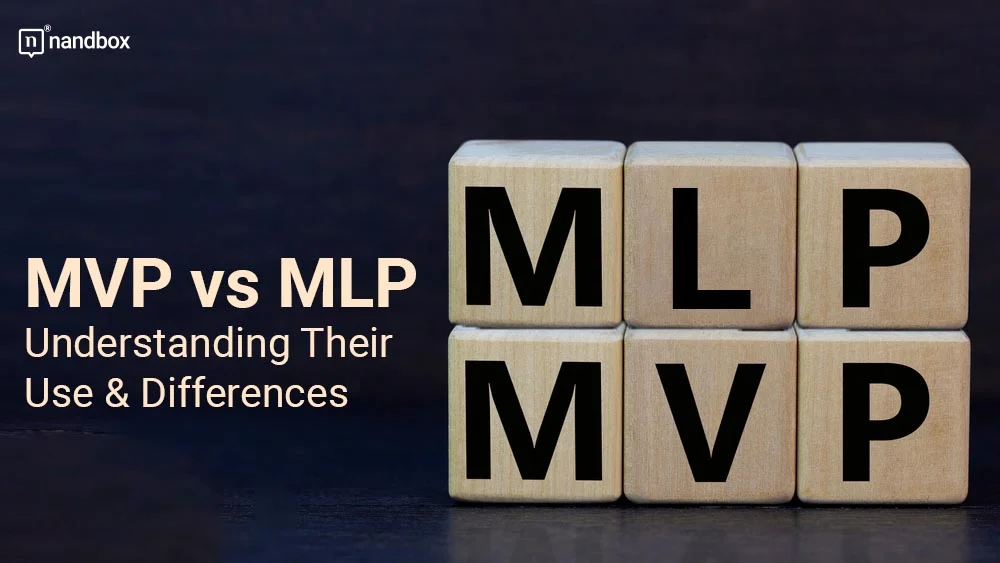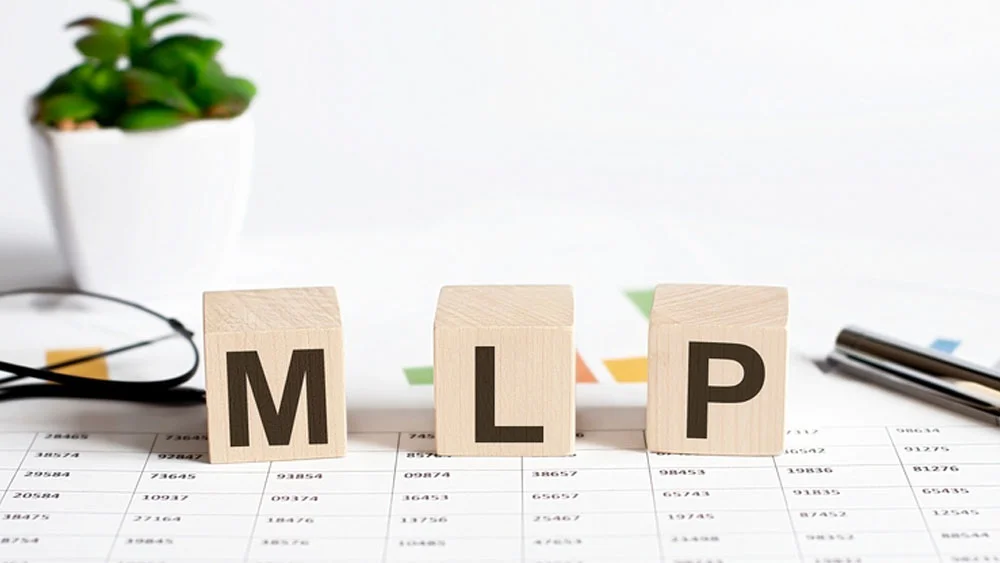Comparing MVP vs MLP and the Benefits of Each
The ghost of failure is always haunting all businesses, especially start-ups. Usually, many startups tend to fail at first or not achieve the required goals due to poor planning and not understanding the market enough. This leads to the production and release of poor products that get abandoned shortly after. This also applies to the app development industry. Among the millions and millions of applications found on the market, we can actually say that a small fraction of this number is in use. This can be due to many factors, but the most important one is that the app is not fulfilling a need or providing an effective solution to a problem. Therefore, users cannot benefit from it in any way. However, technology always finds a way. Developers now employ two strategies to avoid the overall issue of their apps not being interesting or offering a solution. The two approaches are MVP and MLP. In this article, we’ll demonstrate the two approaches in detail. Also, we shall compare MVP vs MLP to emphasize the key differences between the two approaches
What is MVP?
First, let us start with the MVP approach, and no, it is not the NBA award. MVP is an acronym that means “minimum viable product.” But what does it mean? The minimum viable product is an approach to validating the app idea and trying it out before releasing it to end users. The MVP approach is increasingly important, especially for the agile app development process. The agile app development process is entirely based on users, how they think and interact, and what their needs are. Agile development is also very dynamic and prone to changes; this is also what makes MVP a great part of it.
MVP is based on creating an initial version of the app or product you intend to release. However, this version wouldn’t contain all elements or everything in the application. The focus will be solely on the core and main features used as a solution to fulfill users’ needs. Releasing such a version will help, to a great extent validate the app idea and the feature embedded. This will give developers a more thorough and in-depth understanding of the market’s needs and identify any areas for improvement.
You might think, “Isn’t MVP somewhat similar to a mobile prototype?” It may appear to some people that the two concepts are the same. However, it is entirely different. A mobile prototype is used to actually showcase the design and appearance of the application and all of its features. MVP not only showcases but also allows users to interact and only includes core features that the developers want to emphasize. The MVP approach has two types: low-fidelity MVP and high-fidelity MVP. The low-fidelity MVP is the most basic form that requires very little development and just aims to understand users’ needs and behaviors. High fidelity is on a much more complex spectrum. It is more advanced and aims to see how many users are willing to use your app.
What is MLP?
Secondly, we will talk about MLP. If you try to google the word “MLP,” you will get endless results about My Little Pony. And while My Little Pony is actually very engaging and fun, MLP is much more than that. MLP is an acronym for “minimum lovable product.” Just like MVP, we just switched the middle term. But, little do you know how this term would significantly differ. The minimum lovable product approach is the same as the minimum viable product. Both are based on creating an early version of the product to gather feedback. BUT! when it comes to minimum lovable products, things have a bit of a twist.
In the MLP, developers would create a version that has all the features that would not only solve a problem but also make users fall head over heels for the app. The MLP gives users all the depth and components that would make the application actually lovable, not just tolerable or serving its purpose. You could think of it as an “I like my Skechers, but I love my Prada backpack” kind of situation. The application would need to have an appealing design and features that, in addition to fulfilling all the users’ needs, would actually be fun to work with.
Key Differences: MVP vs MLP
Goal and Focus
Usually, the main focus of an MVP is to validate the idea of an app, develop it, and release it as quickly as possible. Its goal is to speed up the development process, increase productivity, and get feedback from customers to make the needed modifications and adjustments. MLP, on the other hand, tends to take more time, and it does not necessarily focus on a quick development process. However, it pays off with higher customer satisfaction. Its goal is to create a high-quality application that resonates with users and builds a loyal user base over time.
Problem-Solving
When it comes to problem-solving, an MLP approach is much more effective in the long term. As you take the time to create a higher-quality product that solves your customers’ problems better than before, it will also create loyalty over time. Thus, MLPs need time to intensely understand the users’ needs and problems and work accordingly. On the other hand, an MVP may aim to solve some immediate problems quickly and efficiently. They mainly work according to the feedback they gather.
User Satisfaction
The greatest aspect of the MVP vs MLP comparison is user satisfaction. An MVP might be able to launch your application faster and more efficiently. However, an MLP approach may mean even greater results. By taking the time to add additional features, elements, and interfaces that make it more user-friendly and enjoyable. Developers can increase customer satisfaction while also building long-term relationships with users and ensuring their retention over time. In MVP, developers don’t have much time to think about user satisfaction, and they don’t aim to add this many elements and components. So, apps built with MVP are usually ones that users will put up with as long as they get the job done. They don’t need to love them; tolerance is more than enough.
Final Thoughts
Both the MVP and MLP approaches are ideal to save you time and make your app development more productive. Whether you’d like to give your users only what they would need or whether you’d like to give them everything they need and more. No-code is an amazing way to develop your MVP and MLP without spending much time or effort, and so many platforms come at very affordable prices. For instance, the nandbox app builder is a platform you should consider. It provides developers with up to 200 features to choose from and integrate. Also, they have many options when it comes to customization. Lovable or tolerable, the nandbox app builder has got your back.






